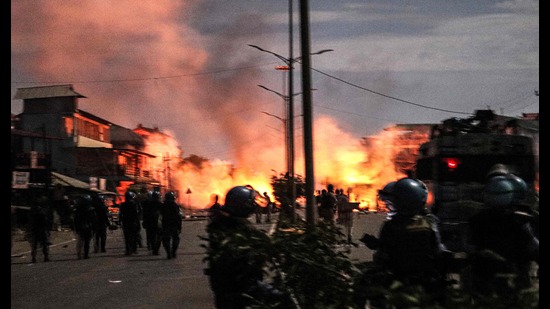The case for a popular government in Manipur
A closure in the ethnic conflict may take time, but it’s time measures to initiate the healing process are started
The Centre must consider the plea by a group of 21 MLAs for installing a popular government in Manipur favourably. The state has been under President’s Rule since February when the Biren Singh government was dismissed following its failure to enforce law and order in the state. The signatories who have called for restoring the popular government include 14 BJP MLAs (out of 37 in the assembly), three from the National People’s Party, two from the Naga People’s Front, and two independents. This may be a small section of the legislators — the Manipur legislative assembly has 60 members — but they do have a case.

Chief minister Biren Singh was responsible for the mess in Manipur. His actions and pronouncements when ethnic tensions started to roil the state undermined the administration’s authority and gave the impression that it was partisan in dealing with the violence. The party leadership’s persistence with him diminished the government’s credibility among the Kuki-Zo minority. The general election outcome — the Congress won both the Lok Sabha seats in Manipur — may have convinced the party that Singh’s claim of popularity was exaggerated. But when the BJP got Singh to resign, the Centre chose to introduce Governor’s rule rather than entrust the administration to another legislator. That has not helped disarm the ethnic militias that instilled fear or remove the distrust between communities that has resulted in the carving of exclusive ethnic territories.
Civil society groups will be mobilising Saturday to mark two years of ethnic violence, which has led to the loss of at least 260 lives and the displacement of over 60,000 residents. A closure in the ethnic conflict may take time, but it’s time measures to initiate the healing process are started. A popular government may be better placed to lead this since the work needs to begin at the grassroots.






